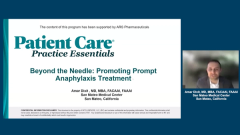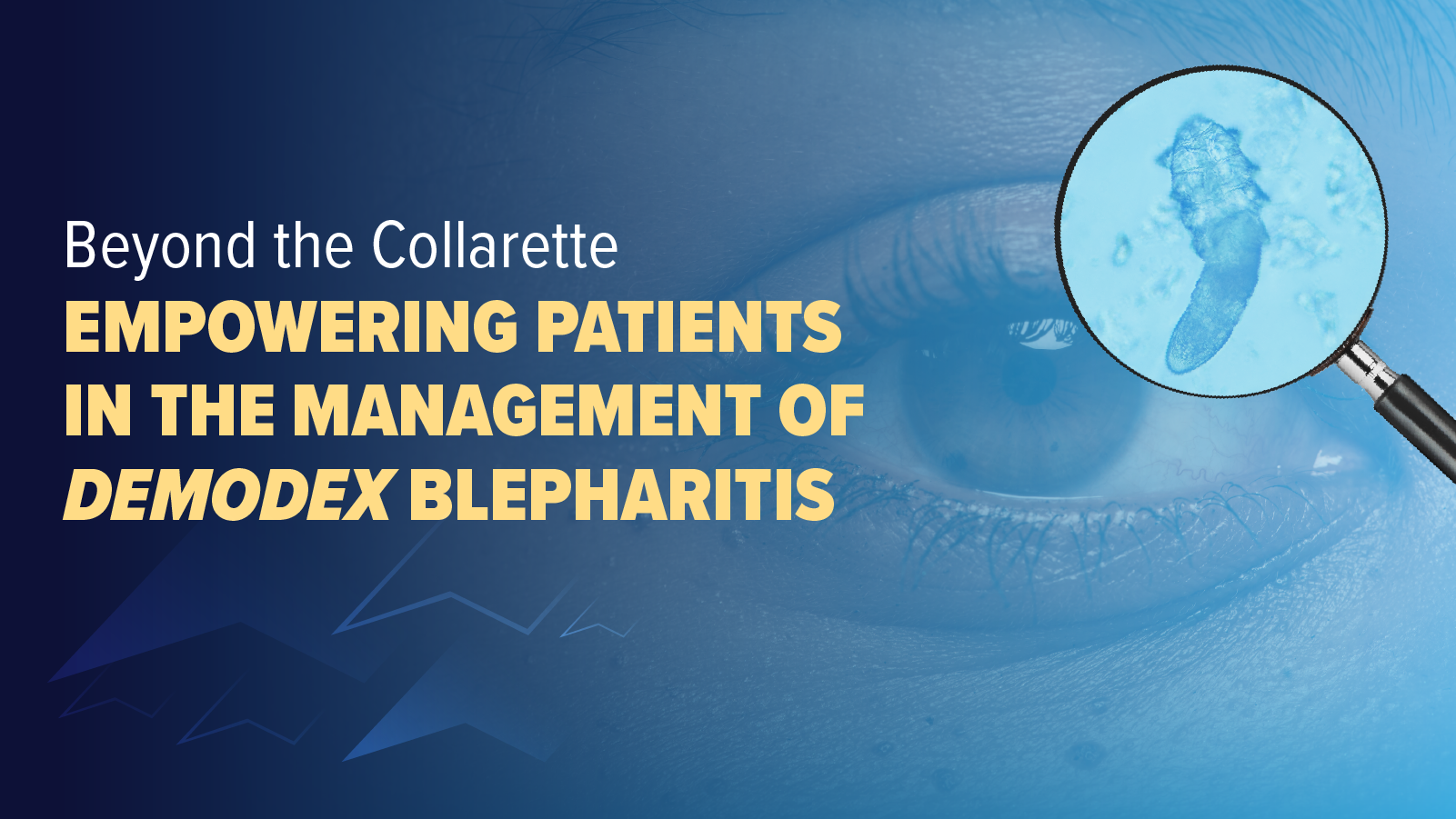
Need for Prompt Epinephrine Use in Anaphylaxis
A panelist discusses how anaphylaxis should be defined and treated promptly with epinephrine, highlighting the concerning statistic that not all patients who experience anaphylaxis receive this critical first-line treatment.
Episodes in this series

Video content above is prompted by the following:
Amar Dixit, MD, MBA, FACAAI, FAAAAI, a board-certified allergist and immunologist, opens the presentation “Beyond the Needle: Promoting Prompt Anaphylaxis Treatment.” He outlines key objectives: discussing timely epinephrine administration, identifying challenges with epinephrine use, applying strategies for patient education, and exploring intranasal epinephrine’s potential. A polling question reveals 60% of attendees frequently encounter patients at risk of type 1 allergic reactions, confirming the topic’s relevance to their practices.
Dixit explains the significant prevalence of type 1 allergic reactions, affecting 35 million to 45 million Americans and causing over 500,000 emergency department visits annually. He defines anaphylaxis as either severe single-system involvement (skin, respiratory, or cardiovascular) or any 2-system involvement regardless of severity. This definition aims to encourage earlier treatment with epinephrine rather than waiting until symptoms become life-threatening.
The presentation highlights that while 85% of anaphylaxis cases involve mucocutaneous symptoms and 80% involve respiratory symptoms, there remains a troubling gap in treatment. Even among pediatric patients who receive epinephrine in emergency departments, not all receive this lifesaving medication promptly. Dixit emphasizes that every patient experiencing anaphylaxis should receive immediate epinephrine administration, as delays can result in preventable fatalities.
Newsletter
Enhance your clinical practice with the Patient Care newsletter, offering the latest evidence-based guidelines, diagnostic insights, and treatment strategies for primary care physicians.














































































































































































































































































